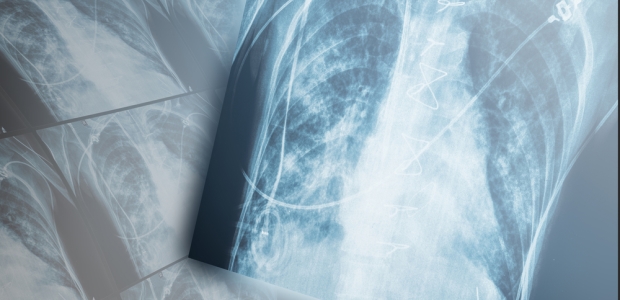The rules will help create a new process of prioritizing and evaluating chemicals under the Toxic Substances Control Act.
The largest 20 fines imposed for health and safety offenses last year cost the businesses involved a total of $48.4 million, about three times more than the largest 20 fines in 2015 cost and eight times higher than in 2014.
The FAA sent out a public service announcement saying no drones will be allowed anywhere near NRG Stadium in Houston.

"Given the increase in occupational cancer incidents in the fire service, we feel it is best to err on the side of caution as we await additional scientific research on PPE and learn more about the absorption of carcinogens near the forehead, jaw, neck, and throat," said Ed Conlin, the NFPA Public Fire Protection division's manager.

About 476,000 gallons of oil spilled from cars of a derailed BNSF train Dec. 30, 2013, and burned, forcing the evacuation of more than 1,400 residents of the town of Casselton.
The agency was created to respond to fast-spreading disease threats, such as Ebola, and to establish early warning and response surveillance systems, respond to emergencies, build capacity, and provide technical expertise to address health emergencies in a timely and effective manner.
Both chair models can break, causing injuries from falls. About 2.3 million of them have been recalled.
Paper products used to serve food contain chemicals linked to diverse health risks.

Hand usage can affect cumulative trauma soft-tissue issues in the arms, neck, shoulders, and back.

Following a five-step plan helps you design a program to protect your team from sudden cardiac arrest.

Lack of understanding of OSHA machine guard regulations continues to make machine safeguarding one of OSHA's Top 10 violations.

You don't want to wear gloves that will burn, catch fire or not protect from heat. Beyond sustained injuries, ignoring the need for proper electrical PPE can result in huge fines.
The agency that runs the subways and transit buses in the nation's capital will resume its around-the-clock SafeTrack "surge" maintenance work Feb. 11 with an 18-day shutdown on its Blue Line between the Rosslyn and Pentagon stations.

Here's what EHS pros need to know about machine safeguarding.

The agency recommends a recommended exposure limit of 5 ppb for diacetyl as a time-weighted average for up to 8 hours/day during a 40-hour work week and a short-term exposure limit of 25 parts per billion for a 15-minute time period.